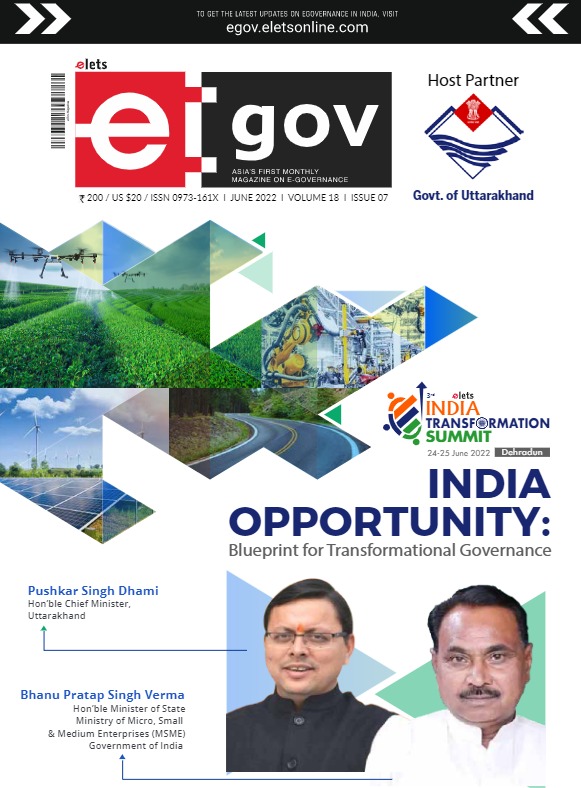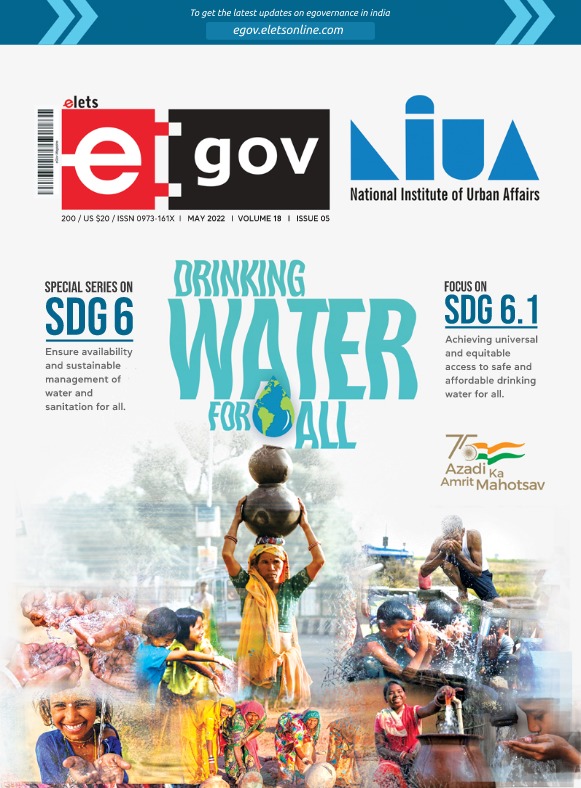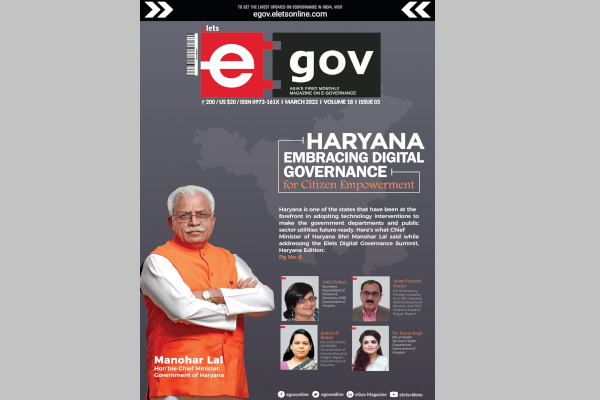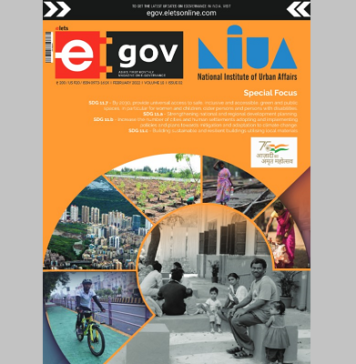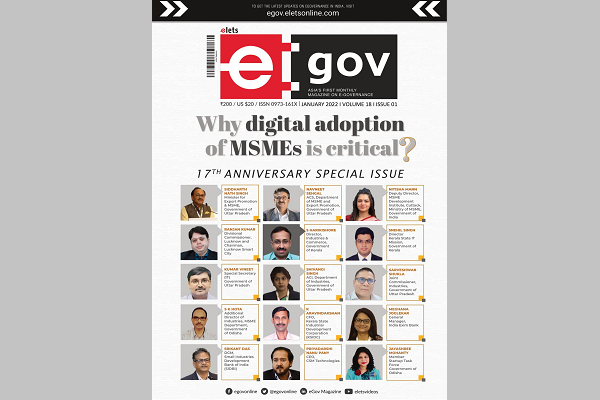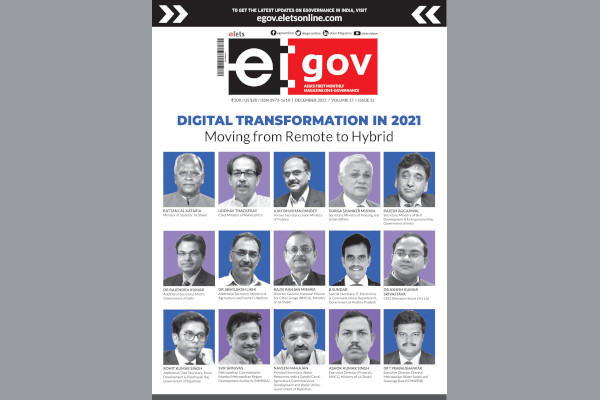
Aquaculture, also known as aquafarming, is the farming of fish, crustaceans, molluscs, aquatic plants, algae, and other organisms. Aquaculture involves cultivating freshwater and saltwater populations under controlled conditions, and can be contrasted with commercial fishing, which is the harvesting of wild fish. In India it is fastest growing sector among agriculture and allied sectors.
Farm reared fish is gaining popularity in India but there is hike in pressure on the land for construction of fish pond which is also augmented by the increasing water crisis due to climate and increase in demand of water year by year. Among this, RAS technology comes into rescue by solving aforesaid problems for aquaculture industry.
Recirculating aquaculture systems (RAS):

Recirculating aquaculture systems (RAS) operate by filtering water from the fish tanks so it can be reused within the tank. This dramatically reduces the amount of water and space required to intensively produce seafood products. The steps in RAS include solids removal, ammonia removal, CO2 removal and oxygenation. (shown in figure No.1).
Recirculation aquaculture systems (RAS) represent a new and unique way to farm fish.

Instead of the traditional method of growing fish outdoors in open ponds and raceways. This system rears fish at high densities, in indoor tanks with a “controlled” environment.Recirculating systems filter and clean the water for recycling back through fish culturetanks. New water is added to the tanks only to make up for splash out and evaporation and for that used to flush out waste materials. In contrast, many raceway systems used to growtrout are termed “open” or “flow through” systems because all the water makes only onepass through the tank and then is discarded.
Fish grown in RAS must be supplied with all the conditions necessary to remain healthy and grow. They need a continuous supply of clean water at a temperature and dissolved oxygen content that is optimum for growth. A filtering (biofilter) system is necessary to purify the water and remove or detoxify harmful waste products and uneaten feed. Thefish must be fed a nutritionally-complete feed on a daily basis to encourage fast growth and high survival.
Advantages of RAS:
In recent years, recirculating aquaculture system (RAS) as a new
For India basically two types of RAS can be recommended viz. Low Cost RAS and Medium Cost RAS. The details of both RAS systems are as follows:
| S.N | Type | Size | Volume | Production
Capacity |
| 1 | Low Cost RAS | 5mx5mx4 m | 100 m3 | 2 tonnes |
| 2 | Medium Cost RAS | 7.65mx7.65mx1.5m | 90m3 | 5 tonnes |
culture mode came into people’s sight, it also gained much favor among clients at home and abroad by virtue of its many advantages which are as follows:
- RAS is an advanced invention in environmental technology, it can not only protect the environment, but also save water, which largely reduced environment pressure. In traditional aquaculture pond, it needs a pool of water filling up the pond. Keeping the water flow is necessary for the survival of the fish, otherwise it will die. Water needs to be changed frequently also. Besides, the traditional aquaculture will cause pollution to environment, because all kinds of pollutants and wastes will sink to the bottle of pond, while the pollution discharge effect is excellent in RAS.
- RAS is safer and healthier compared to traditional aquaculture. On the one hand, the fish will not be affected by temperature, because we have chiller and heater machine. On the other hand, fish will grow better with less disease and pollution, that is why RAS has a higher culture density.
- RAS is a cost-efficient choice. At the aspect of cost, RAS needs less water, and the water is recirculating all the time so you don’t need to change water. In addition, the occupied area has been reduced, it can be applied for any indoor or outdoor environments. In terms of profit, RAS will shorten the culture-cycle and increase the fish output. Also, the fish quality is higher without content over proof.
Keeping in the view of its potential and increasing popularity aboard, the Government of India is showing its interest in RAS technology and initiated schemes under Blue Revolution in order to make this high density fish culture technique reachable to farmers
which may enhance the fish production of India.
The Department of Animal Husbandry, Dairying and Fisheries Ministry of Agriculture and Farmers Welfare (DADF), Government of India is providing the financial assistance to the farmers. To the general category farmers, Government provides financial assistance of 40 percent whereas for ST/SC/Women category, it provides financial assistance of 60 percent.
Constraints:
- High upfront investment in materials and infrastructure.
- Intensive technical monitoring of operations.
- Assured but limited supply of energy for operation.
Conclusively saiying, the long-term demand for aquaculture products is excellent. An increasing human population, especially for older adults who proportionally eat more fish than youth do,and an increasing public awareness of the importance of fish in the diet, and human health and fitness are driving fish consumption upwards.
Correspondingly, the prospects for RAS are good. A number of experts believe that the future trend in the aquaculture industry is towards intensive fish farming. Growing fish in indoor tank culture systems is analogous to rearing poultry, hogs, or cattle in confinement or feed lot systems. Open pasture systems have proven less efficient in the farming of most farm food animals than confinement systems, and this will likely be true for rearing fish.
Also Read: Zila Vigyan Club-An Incubator for Science In Banda
Be a part of Elets Collaborative Initiatives. Join Us for Upcoming Events and explore business opportunities. Like us on Facebook , connect with us on LinkedIn and follow us on Twitter, Instagram.




